Nature doesn’t mess around when it comes to weirdness.
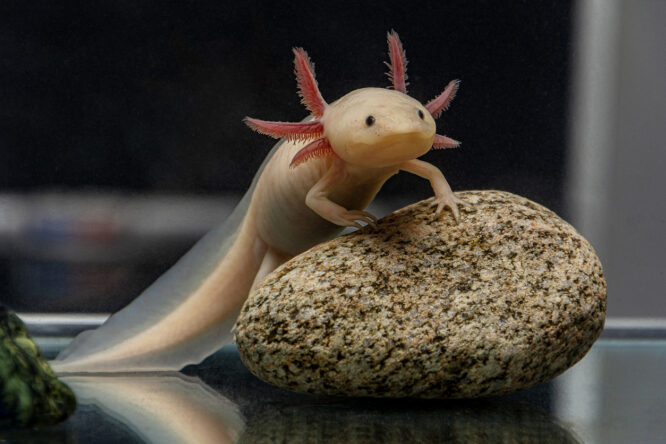
Some animals are so bizarre-looking—or so baffling in how they survive—you’d be forgiven for thinking they crash-landed here from another planet. These aren’t your average wildlife encounters. From deep-sea dwellers to overlooked land creatures, these are the animals that make you stop mid-scroll and ask, “This thing exists?”
1. Axolotl
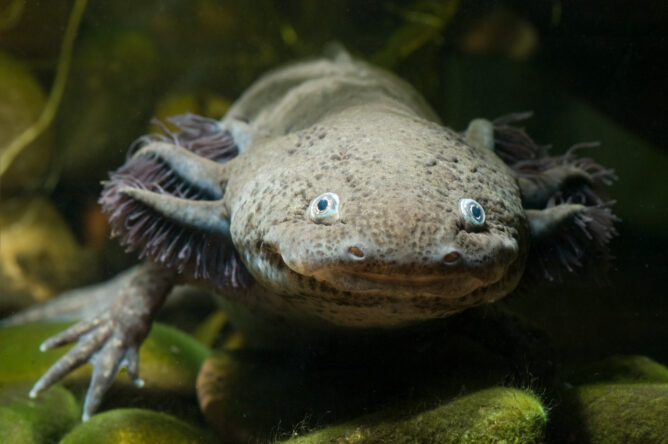
This little amphibian looks like a smiling cartoon character, but it’s very real, and very strange. Native to lakes in Mexico, axolotls keep their larval features even into adulthood, including external gills that stick out like feathery pink antlers. They can regrow entire limbs, parts of their brain, and even sections of their heart. Scientists study them for their regenerative abilities, but let’s be honest—they also just look like they belong in a futuristic aquarium on another planet.
2. Goblin shark
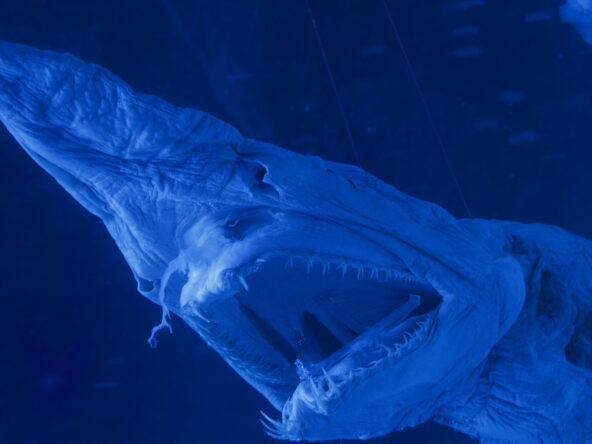
This deep-sea creature isn’t just weird—it’s almost unsettling. With a long, flattened snout and jaws that shoot forward like a spring-loaded trap, the goblin shark looks like something straight out of a horror video game. It lives in the ocean’s darkest depths and hasn’t changed much in millions of years, earning it the nickname “living fossil.” You won’t bump into one on your next beach day, but its alien vibe is very much real.
3. Leafy sea dragon
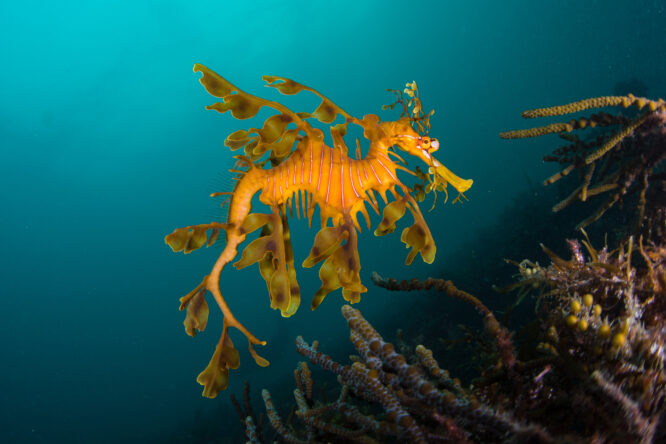
Related to the seahorse, this delicate marine creature looks more like a piece of seaweed than a living animal. Covered in leafy appendages that help it camouflage in kelp forests, it drifts through the water like a slow, hypnotic dancer. Found off the coast of southern Australia, it’s so good at blending in that you could stare right at one and never notice. It’s not just strange—it’s like a walking optical illusion with fins.
4. Tardigrade

Also known as water bears, tardigrades are tiny—but practically indestructible. These microscopic creatures can survive boiling heat, freezing temperatures, crushing pressure, radiation, and even the vacuum of space. Despite their resilience, they look oddly squishy and slow-moving, like gummy worms with little claws. They’ve survived mass extinctions and space exposure, making them one of the weirdest (and toughest!) organisms on Earth.
5. Star-nosed mole
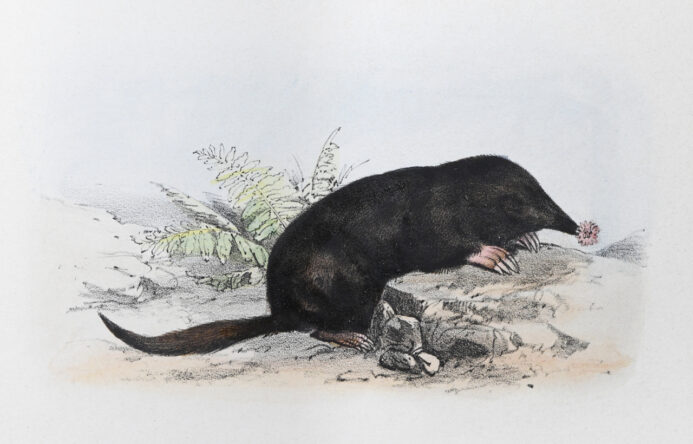
At first glance, you might not even register what you’re looking at. This mole’s nose is made up of 22 fleshy tentacles arranged in a star pattern, and it uses them to feel its way through the dark underground world where it lives. It can detect and identify prey in under a quarter of a second, making it one of the fastest eaters in the animal kingdom. The nose might be unsettling, but it’s basically a superpower for this mole.
6. Barreleye fish
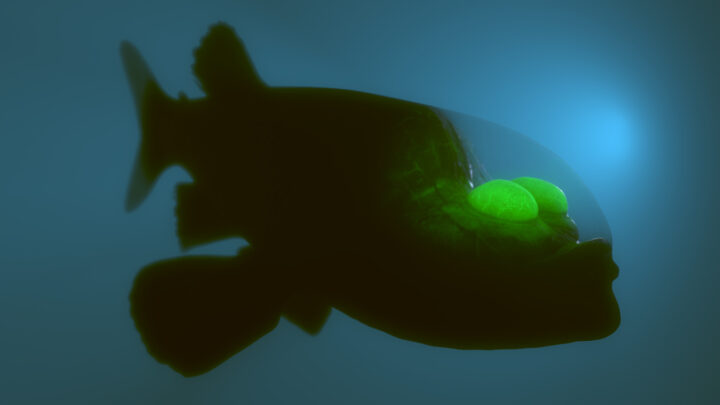
This deep-sea fish has a completely transparent head, and you can see its eyes floating inside like suspended marbles. Its unusual appearance is matched by its equally strange behaviour—it stays motionless while its eyes rotate to track food above. The effect is both eerie and fascinating. With its glass dome of a head and its upward-gazing vision, it’s hard to look at this fish and not imagine it drifting around in a spaceship instead of the ocean.
7. Mantis shrimp
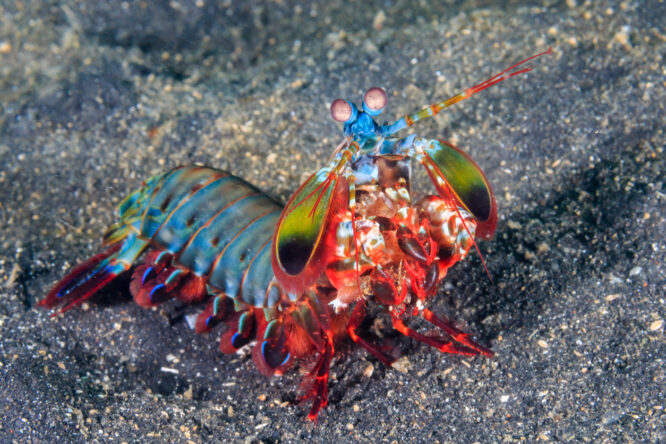
Small but mighty, the mantis shrimp punches with the speed of a bullet and can break aquarium glass with its club-like limbs. It’s one of the most aggressive predators in its size class, despite looking like a rainbow-coloured toy. Its eyes are even wilder, capable of detecting colours far beyond human perception, including ultraviolet and polarised light. If nature handed out alien vision upgrades, these guys got the deluxe package.
8. Saiga antelope
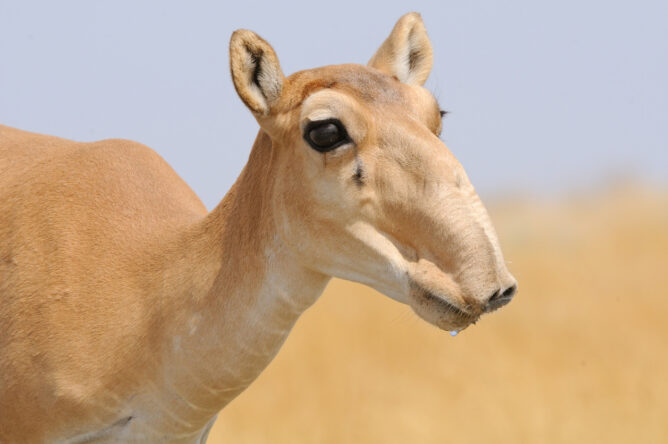
With a face that looks like it belongs in a sci-fi sketch, the saiga antelope has a soft, bulbous nose that helps it survive in dusty grasslands. The nose filters out dust and regulates air temperature as it migrates across harsh climates. It’s critically endangered, but still one of the oddest-looking animals walking the Earth. If you saw one for the first time without context, you’d probably think it was AI-generated, or straight-up fake.
9. Yeti crab
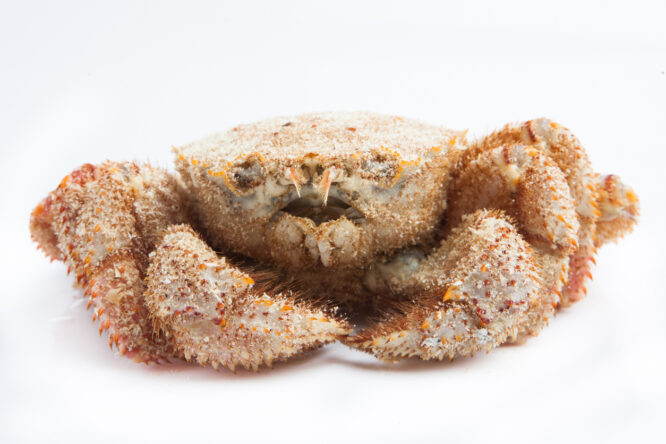
This crab looks like it’s wearing woolly mittens. Its long, hairy claws are covered in silky white fibres that help it farm bacteria to eat. Yes, it literally grows its own food on its arms while chilling near deep-sea hydrothermal vents. Discovered only in the 2000s, the yeti crab lives in pitch-black, high-pressure environments and survives by thriving in conditions that seem totally uninhabitable. It’s like an alien chef with fuzzy arms.
10. Platypus
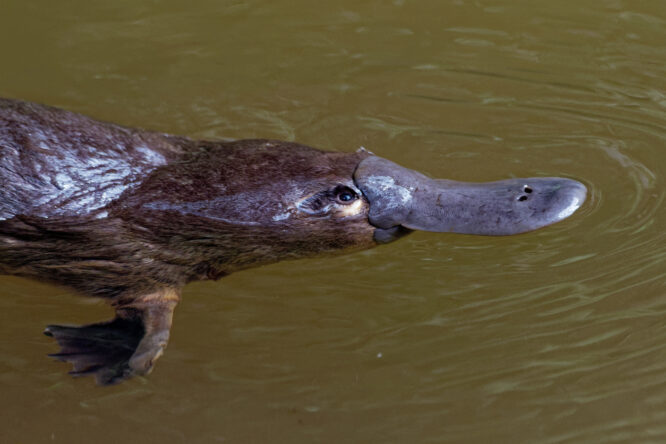
By now, we know the platypus is real—but that doesn’t make it any less bizarre. It has the bill of a duck, the tail of a beaver, lays eggs despite being a mammal, and even produces venom. Nature clearly didn’t follow a blueprint here. When it was first discovered, scientists thought it was a prank—a stitched-together creature someone made to cause confusion. And honestly, that’s still a fair reaction even today.
11. Velvet worm
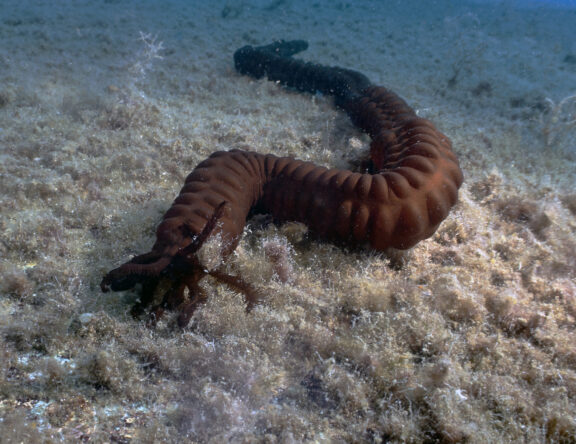
Soft-bodied, colourful, and a bit mysterious, the velvet worm looks innocent—until it hunts. It sprays out a sticky glue from nozzles near its mouth, pinning down prey before crawling over to devour it. Sounds like something straight out of a sci-fi jungle scene. It’s ancient, too, with roots going back hundreds of millions of years. The fact that something this strange has lasted that long says a lot about how effective weirdness can be in the wild.
12. Glass frog
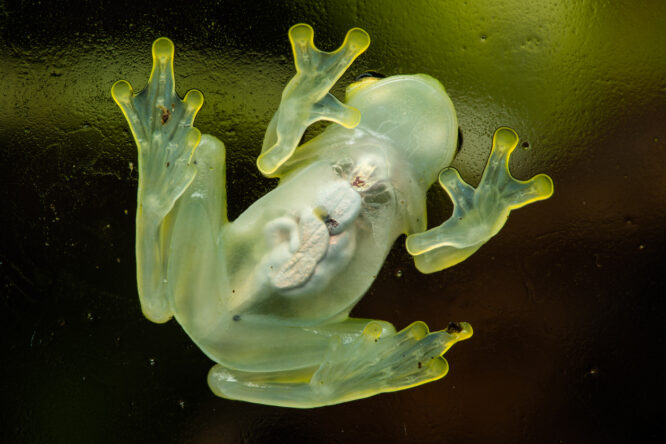
The glass frog’s belly is see-through, allowing you to literally observe its heartbeat and organs while it clings to a leaf. It’s like watching a living X-ray while it silently camouflages in the rainforest canopy. This frog relies on invisibility to avoid predators. Its translucent underside makes it hard to spot from below, which is a pretty clever way to survive in a forest filled with hungry eyes.
13. Aye-aye

This nocturnal lemur has massive eyes, huge ears, and a long, skeletal middle finger it uses to tap on trees and fish out grubs. Found only in Madagascar, it’s long been associated with superstition, but mostly, it’s just deeply unique. The aye-aye doesn’t just look strange—it behaves strangely too. Its method of finding food is unlike any other primate, and its spooky vibe only adds to the alien-like energy it brings to the animal kingdom.




